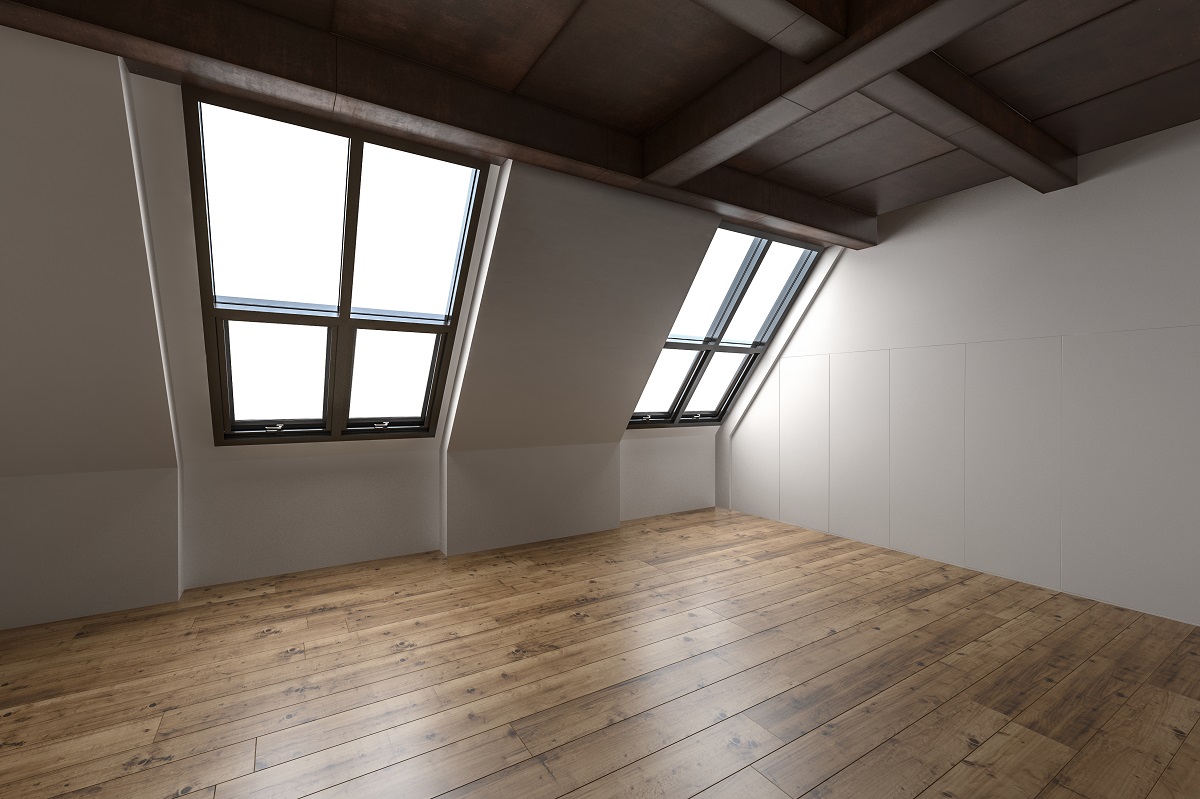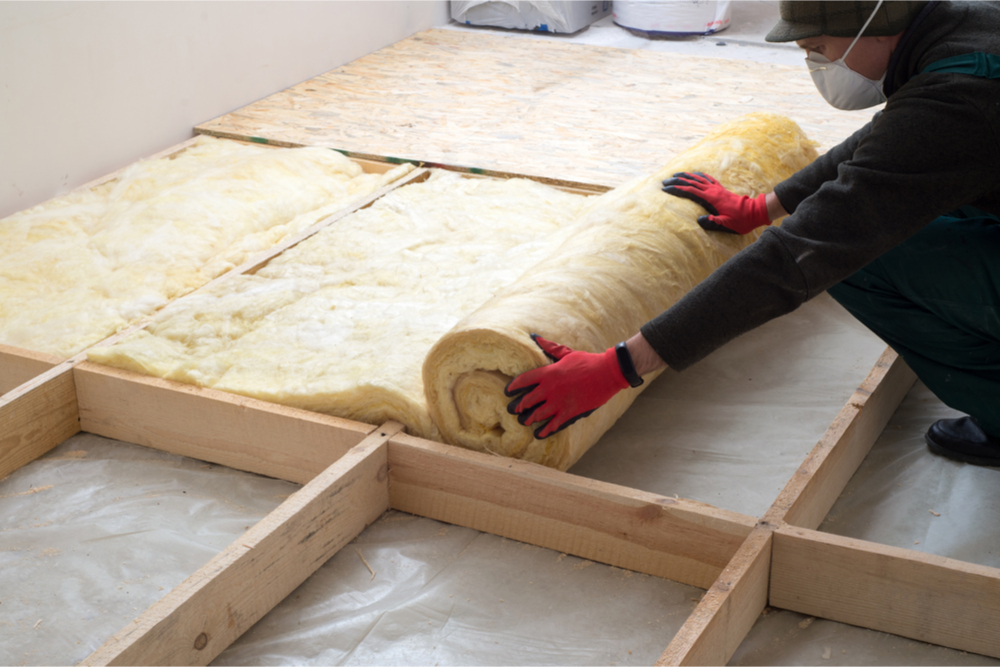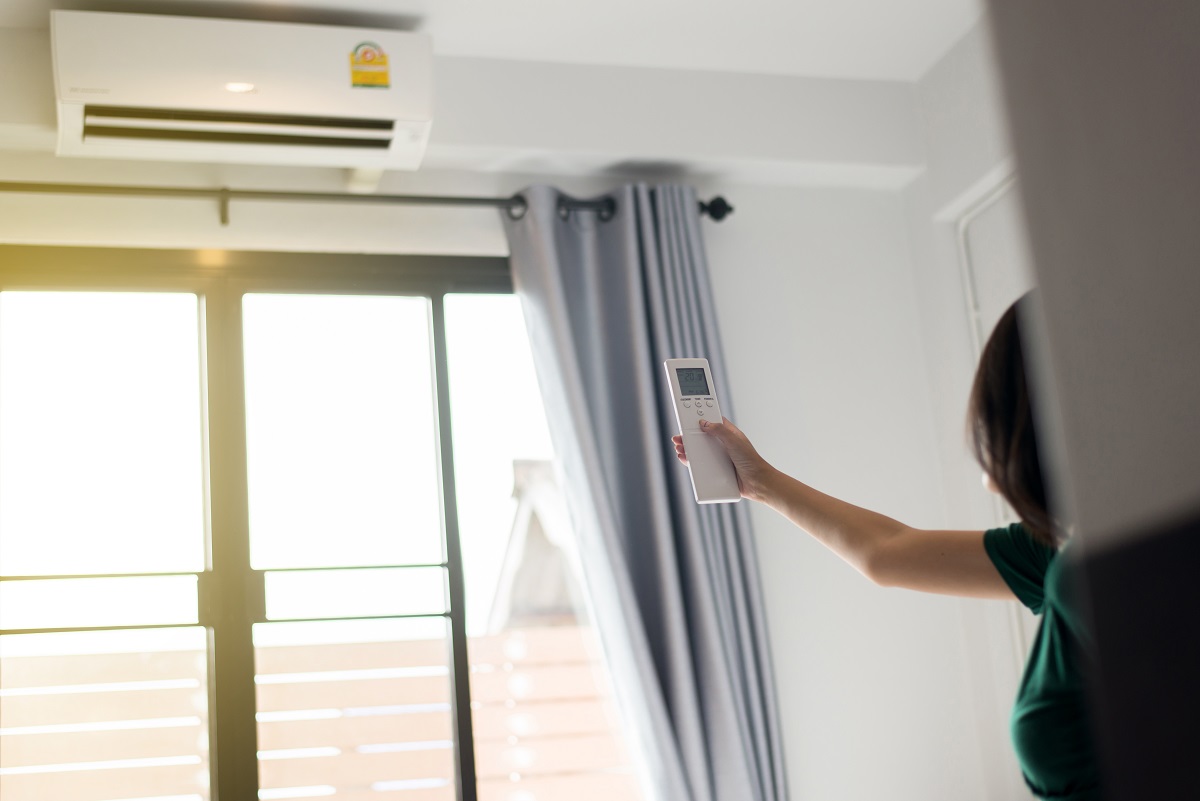If you devote time to art as a hobby or do it for a living in Kansas City, you could set up an art studio in your attic. Instead of storing old furniture and holiday décor in your attic or letting it gather dust, get more out of it by transforming the often overlooked room into another livable, working space.
Its strategic place allows you to do your paintings, sculptures, or any other form of art you do with complete focus. You’ll especially need the solitude and tranquility of the attic when you have kids; they couldn’t just barge in while you’re in the middle of your work.
But before you move your art tools and supplies, you’ll need to convert the attic into a suitable art studio at home. If the space has been abandoned for a long while, it will need more than a usual clean up. It will need new insulation, especially when you’ve been noticing an increase in your heating bill. Or maybe you’ve been wearing bulky clothing indoors whenever Kansas temperatures dip. It may be time to switch to a more thermal efficient insulation, like Blown-in-Blanket System or BIBS.
Whether you’re a working artist or a hobbyist, the space has to be cleaned thoroughly and prepared to meet your requirements. If you want the studio to double as a gallery, for example, you’ll need to make sure it can accommodate visitors.
Here are 11 steps that will help you transform your attic:

1. Check If Your Attic Meets Local Building Codes
When transforming your abandoned or messy attic, the space should adhere to the same building requirements as the other rooms in your house. Your planned attic conversion should satisfy the following local regulations:
- The vertical clearance of at least half of your attic’s floor space should be 7 feet or more
- The attic should have a minimum of 70 square feet of space
- It must be accessible by a permanent, full-size staircase (ladders and pull-down staircases won’t do)
- The space should have easily accessible exits
The purpose of meeting these requirements is to avoid strangely configured (and potentially hazardous) spaces. If you construct an art studio that doesn’t conform to space regulations, you could end up creating area room that’s difficult to access during emergencies.
2. Determine If You Need a Building Permit
Get in touch with the permitting office in your local area and check if a permit for attic conversion is required. Building permits are usually necessary when your attic conversion project changes the structure of your house. They’re also required if you’re installing ventilation and electrical wiring in your art studio.
3. Consider Your Attic’s Heating and Ventilation Needs
If your future art studio lacks ductwork, figure out if your home’s heating and cooling system could properly heat or cool your attic.
If installing a new HVAC system or ductwork is a little beyond your budget, don’t worry. You could add cost-efficient heating and cooling units, such as mini-split air conditioning systems and electric baseboard heaters.
4. Look at the Cost of Finishing an Attic
According to Remodeling Calculator, the average cost of converting an attic into a living space is from $40,000 to $50,000. This cost already includes the installation or addition of permanent stairs, a new HVAC system, vents and ducts, and electrical wiring.
Although finishing an attic is an expensive home remodeling project, it offers a fantastic return on investment (ROI). Remodeling Calculator says that homeowners could recoup up to 62 percent of their investment when they transform their attic. If you shelled out $60,000 to give your attic a makeover, for example, you’ll likely get an ROI anywhere from $32,000 to $39,000.
5. Get Rid of the Junk in Your Attic
If you’re going to convert this part of your home into an art studio, you’ll need to dispose of the old junk lying around in that area. Store your off-season clothes and holiday décor to other parts of your home. The old furniture, unused home accessories, and various knick-knacks could be sold off when you hold a garage sale.
Use this time of clearing your attic to unburden your home of possessions you no longer use. You’ll not only add space but also earn a few bucks to spend toward renovating your attic.
6. Install New Insulation in Your Attic
The existing insulation material in your attic may not be appropriate for your new art studio. If this is the case, you’ll need to get rid of the old insulation and replace it with a better one.
When insulating your attic, you have several options. One of them is blown-in-blanket insulation. Attics equipped with this form of insulation provide better thermal efficiency.
Blown-in-blanket insulation is eco-friendly, using fiberglass manufactured with 40 percent to 60 percent recycled glass. BIBS offers improved thermal efficiency because the process fills voids and gaps easily and fully. Installed the right way, this type of fiberglass insulation will help you stay warm while you work in your studio during winter and allow you to save money on heating costs.
BIBS also comes with other benefits:
- Improved Safety – This type of insulation is naturally fire-resistant.
- Resistant to Moisture – Blown-in-blanket insulation prevents moisture that may encourage the growth of mildew and mold.
- Resistant to Pests – This insulation material does not serve as a source of food or a breeding ground for rats, insects, and other critters.
- Reduced Noise – BIBS allows your art studio to stay quiet and private. You could produce masterpieces without worrying about noise from outside your home or the neighboring rooms.
Another option you could consider is spray foam insulation. This material is one of the best from a performance standpoint.
Some advantages of this type of insulation are:
- Superior Air Leakage Prevention – The insulation material expands quickly to create airtight seals on cracks, cavities, and holes. Spray foam also helps prevent the spread of airborne contaminants.
- Minimal Maintenance – This type of insulation retains its shape and condition even under severe temperature increases or drops. You won’t have to worry about conducting periodic maintenance.
7. Hire an Electrician to Wire Your Attic
Adding electrical wires and other components of your attic is a job left to professionals. Taking a DIY approach on this task is dangerous, as you could increase your risk of starting electrical fires due to improper wiring installation.
8. Construct a Subfloor

A subfloor refers to stiff grid of boards that support the flooring in your attic. You’ll need to make this structure if joists are present in the attic.
Building a subfloor involves several steps, including:
- Marking chalk lines on all the attic joists
- Laying plywood sheets strategically (or oriented strand board sheets if you find plywood to be too costly)
- Securing the plywood by drilling screws
- Installing and securing additional sheets until you successfully cover the entire attic floor
- Caulking all the screw heads and seams
If you’re not sure how to execute this project, get a general contractor to complete the work for you.
9. Install Drywall
Drywall, also known as gypsum, is a fire-resistant material used to cover bare stud walls. This structure helps maintain the temperature in your attic and makes your personal space look more attractive.
Installing a drywall in an attic is a two-person job. You’ll need assistance measuring, hanging, and securing drywall on both the ceiling and the walls. If you can’t find a partner to help you, look for a team of contractors to install gypsum on your attic.
10. Paint the Attic
Painting breathes life to your attic and soon-to-be art studio. When painting this area of your house, use at least two coats of paint. This will give your drywall a finished, polished appearance.
When choosing paint colors, choose combinations that work well in your studio. If you want maximum illumination, for instance, opt for off-white colors for the ceiling and walls. The light from the electrical fixtures and the window will bounce off the surfaces and produce reflected and ambient illumination. This results in a cheery and well-lit workspace for your studio.
Alternatively, select paint colors that you’d love seeing every day. After all, you’re going to be working in your art studio regularly. You may as well create a personally pleasing space that motivates you to get your work done.
11. Decorate Your New Art Studio
Once the construction and installation procedures are complete, the only thing left to do is to decorate your new studio.
How you decorate your new personal space is up to you. One suggestion is to add quality carpeting to the attic. This helps minimize sound, especially if you need keep your studio as quiet as possible. Carpeting also adds extra insulation to your floor. Apart from that, you could add accessories or statement posters that help inspire you to create your next grand masterpiece.
Let A+ Insulation Take Care of Your Insulation Needs

Attic insulation is a home improvement project best left to A+ Insulation. Insulating your attic, along with other areas of your home, is what we know and do best.
When we install insulation in your attic, our licensed, bonded, and insured insulation specialists in Kansas City carry out efficient and diligent work. We complete the project within your allocated budget and on schedule. We also follow strict local building codes to keep you safe and help you to enjoy consistent temperatures in your attic.
What sets us our company from other service provider is the level of service we deliver to our valued customers. We go beyond installing quality insulation material in your home. Our team wants you to feel satisfied on all aspects of our insulation job, including the home evaluation, cleanup, price, and workmanship.
We make sure that our job from start to finish is A+, the grade we strive to achieve on every insulation project.
Arrange an appointment with us today and have one of our energy consultants perform a free, no-obligation home energy assessment.